Deck & Commander Strategies

Isshin, Two Heavens as One
Aggressive samurai tribal strategy focusing on doubling combat triggers to overwhelm opponents through combat damage and synergistic samurai effects.
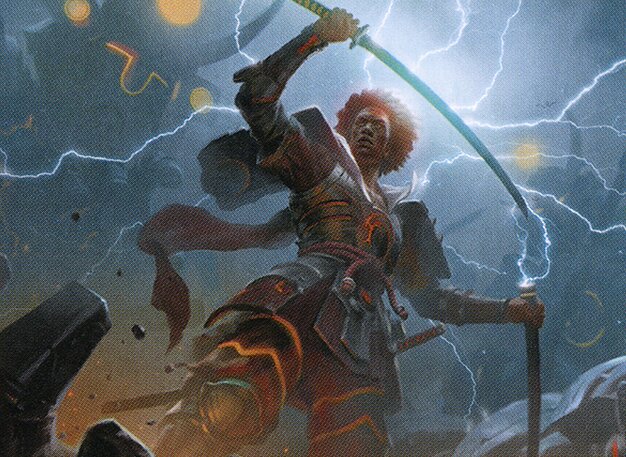
Raiyuu, Storm's Edge
A control and tempo approach leveraging Raiyuu's ability to cast spells at instant speed, aiming to disrupt opponents and capitalize on instant-speed responses.

Go-Shintai of Life's Origin
A five-color deck utilizing Go-Shintai's ability to animate lands and produce diverse effects, focusing on versatile board presence and resource generation.

Kotose, the Silent Spider
Web and snake tribal deck that builds long-term board control through synergistic interactions with snakes and spiders, using poison and combat tricks to control the battlefield.
Gameplay Insights
- 1
Choosing tribal synergies such as samurai or web/snakes early helped streamline deck building and maximize the value of legendary commanders and tribal support cards.
- 2
The inclusion of a five-color commander allowed for a flexible mana base and access to a broad range of powerful spells and effects, giving a strategic advantage in versatility.
- 3
Players prioritized deploying impactful legendary creatures early to establish board presence and pressure opponents quickly.
- 4
The use of sagas and cards like Fable of the Mirror-Breaker provided incremental value and resilience, which was crucial in the mid-to-late game stages.
- 5
Combat-focused strategies benefited greatly from cards like Isshin, which increased combat triggers, enabling aggressive damage output and board control.
Notable Cards
-
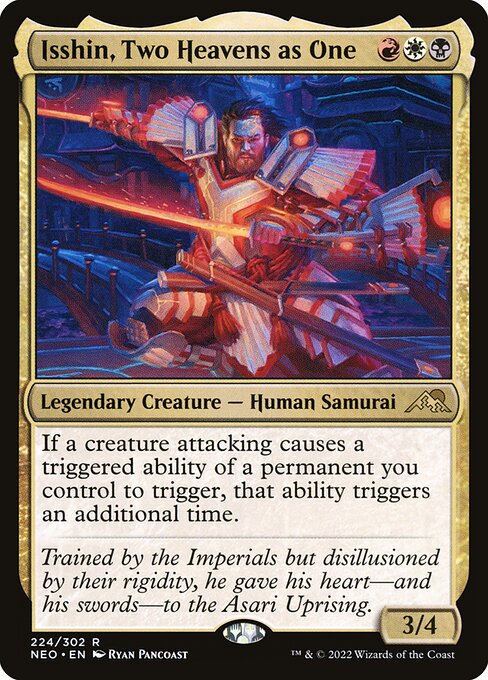
Isshin, Two Heavens as One
-

Raiyuu, Storm's Edge
-
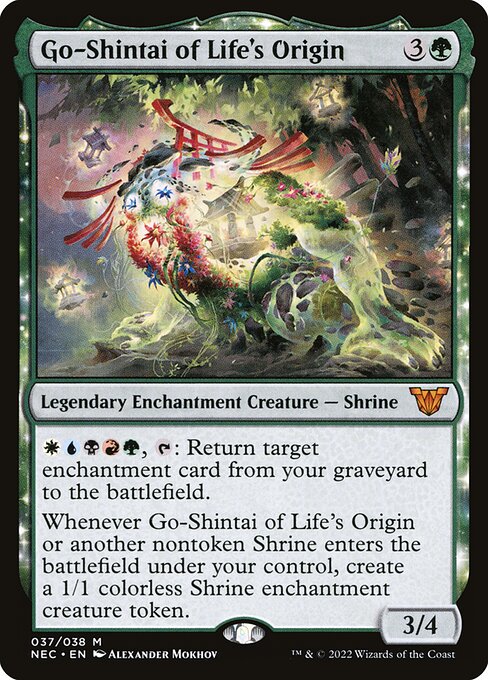
Go-Shintai of Life's Origin
-
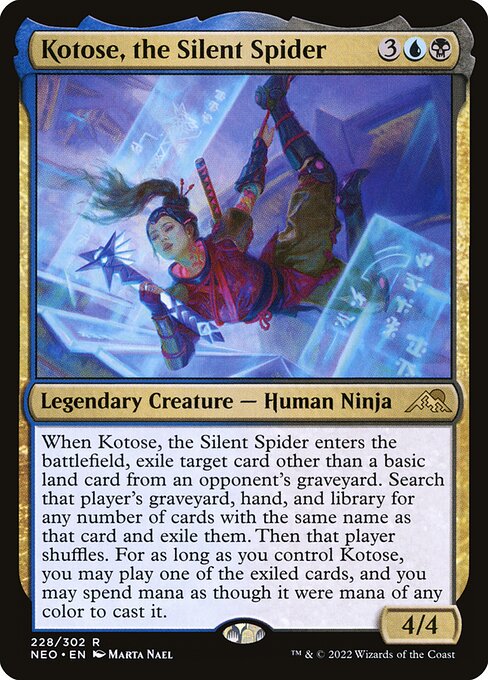
Kotose, the Silent Spider
-
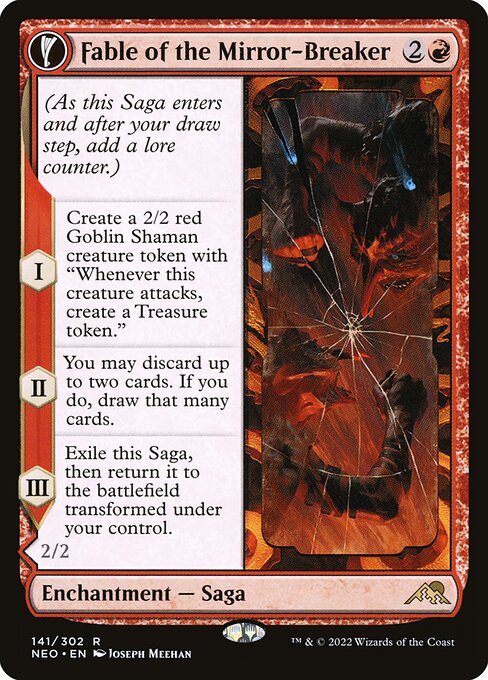
Fable of the Mirror-Breaker // Reflection of Kiki-Jiki
-
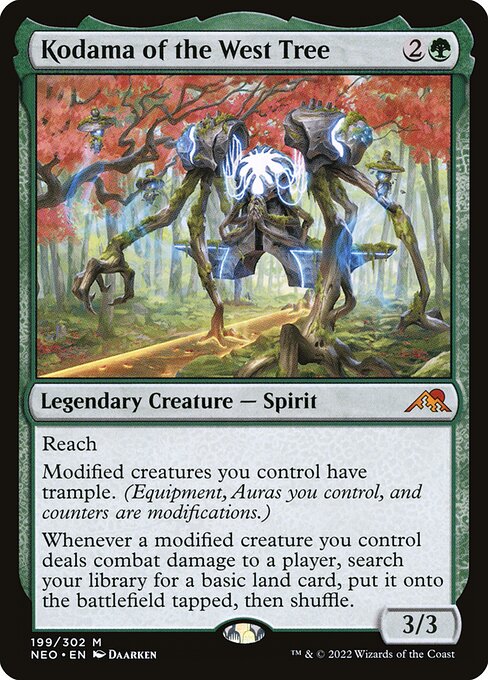
Kodama of the West Tree
-
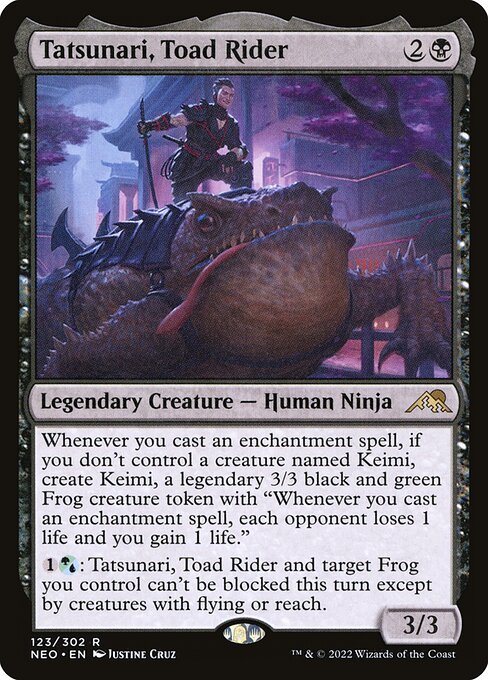
Tatsunari, Toad Rider
Gameplay Summary
In this Kamigawa: Neon Dynasty box brawl, four players constructed 60-card decks centered around commanders drawn from the set, including Isshin, Two Heavens as One; Raiyuu, Storm's Edge; Go-Shintai of Life's Origin; and Kotose, the Silent Spider.
The gameplay featured thematic tribal synergies such as samurai and webs, with players leveraging the neon and anime-inspired aesthetics of the set.
Early turns involved setting up boards with creatures and key permanents like sagas and powerful spells.
As the game progressed, the players began to execute strategies involving efficient combat and value generation from their commanders and signature cards.
Notable moments included the emergence of a five-color commander strategy and the use of impactful legendary creatures to shift momentum.
The game’s win condition revolved around aggressive combat and exploiting tribal synergies alongside potent abilities from commanders and unique Kamigawa-themed cards.



















![Raiyuu vs Go-Shintai vs Satoru vs Risona [Budget EDH/Commander, Magic The Gathering Gameplay 2022] thumbnail](https://i.ytimg.com/vi/KH0Qqt4MuJM/sddefault.jpg)


![Sigarda vs Tovolar vs Kotori vs Raiyuu [Budget EDH/Commander, Magic The Gathering Gameplay 2022] thumbnail](https://i.ytimg.com/vi/NkhYuYsAvpU/sddefault.jpg)




